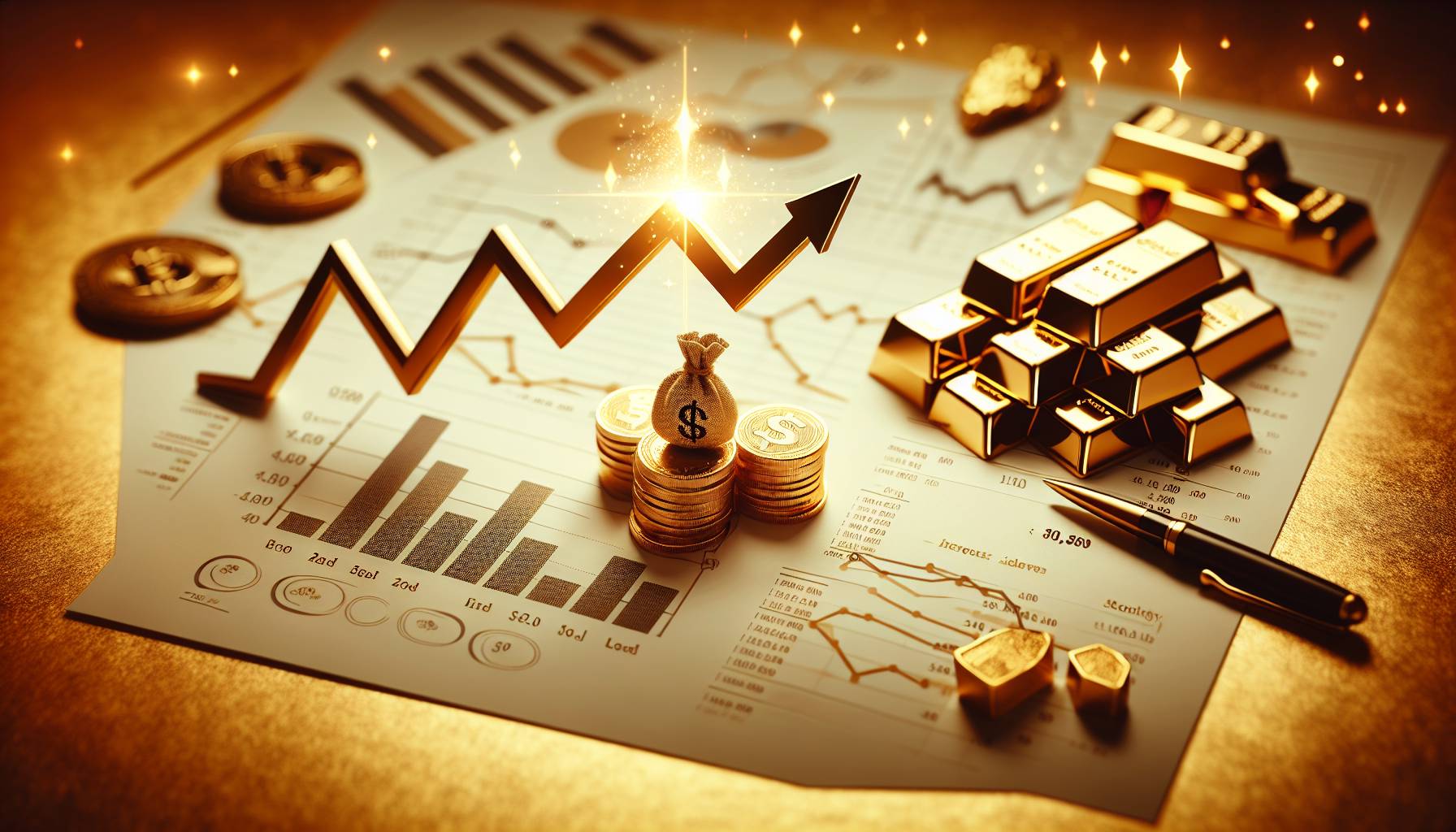Impact on local markets
The increase in gold prices on Wednesday morning has had a noticeable impact on local markets across Vietnam. Retailers and investors have responded swiftly to the changes, with many adjusting their strategies to align with the new pricing dynamics. The surge in prices has led to a heightened level of activity in gold trading, as both buyers and sellers seek to capitalize on the current market conditions.
Local jewelers have reported a significant uptick in customer inquiries and transactions, as consumers look to purchase gold before prices potentially rise further. This has also led to a temporary shortage of certain gold products, as demand outpaces supply. Investors, on the other hand, are closely monitoring the situation, with some opting to hold onto their assets in anticipation of further increases, while others are selling to take advantage of the current high prices.
The impact is also being felt in the financial sector, where banks and financial institutions are adjusting their gold-related services and products. Some banks have revised their gold savings account interest rates, while others are offering new investment opportunities to attract customers looking to invest in gold. The overall sentiment in the local markets is one of cautious optimism, as stakeholders navigate the complexities of the fluctuating gold prices.
Global bullion trends
The recent rise in Vietnam’s gold prices is closely linked to global bullion trends, which have seen a significant upward trajectory. This increase is largely driven by a combination of geopolitical tensions, economic uncertainties, and fluctuating currency values, all of which have contributed to a heightened demand for gold as a safe-haven asset. Investors worldwide are turning to gold to hedge against potential market volatility and inflationary pressures, leading to a surge in global bullion rates.
In recent weeks, major economies have experienced shifts in monetary policies, with central banks adjusting interest rates and implementing measures to stabilize their respective currencies. These actions have had a ripple effect on the global gold market, as investors seek to diversify their portfolios and mitigate risks associated with currency devaluation. Additionally, ongoing geopolitical conflicts and trade disputes have further fueled the demand for gold, as market participants look for stability amidst the uncertainty.
The global bullion market is also being influenced by changes in supply dynamics. Gold production levels have faced challenges due to disruptions in mining operations and logistical constraints, leading to concerns about future supply shortages. This has added upward pressure on prices, as market participants anticipate potential constraints in the availability of physical gold.
The current trends in the global bullion market reflect a complex interplay of economic, political, and supply-related factors. As these dynamics continue to evolve, they will likely have a lasting impact on gold prices, both globally and within local markets like Vietnam.
Future price predictions
As the global and local factors influencing gold prices continue to unfold, experts are offering varied predictions for the future trajectory of gold prices in Vietnam. Analysts suggest that if the current geopolitical tensions and economic uncertainties persist, gold prices may continue to rise, driven by sustained demand for the metal as a safe-haven asset. This scenario could see prices reaching new highs, particularly if inflationary pressures increase and currency values remain volatile.
Conversely, should there be a resolution to some of the geopolitical conflicts or a stabilization in global economic conditions, there could be a moderation in gold prices. In such a case, investors might shift their focus back to equities and other assets, potentially leading to a decrease in demand for gold and a subsequent price correction. However, the extent of any price decline would likely depend on the speed and scale of these changes in the global economic landscape.
In the local context, Vietnam’s gold market may also be influenced by domestic economic policies and consumer behavior. If the Vietnamese government implements measures to stabilize the economy or if consumer confidence strengthens, this could impact gold purchasing patterns and price movements. Additionally, any changes in import-export regulations or taxation policies related to gold could further shape the market dynamics.
While the future of gold prices remains uncertain, the interplay of global and local factors will be crucial in determining the direction of the market. Investors and stakeholders in Vietnam will need to stay informed and agile, ready to adapt their strategies as new developments arise.
Impact on local markets
Vietnam’s gold market experienced a notable uptick on Wednesday morning, mirroring the upward movement in global bullion rates. This surge in prices has been attributed to the increasing demand among local investors seeking to capitalize on the rising value of gold. As a result, gold merchants across the country have adjusted their rates, reflecting the heightened interest and activity in the market.
Local traders have reported a significant increase in transactions, with many investors opting to secure their assets amidst the fluctuating economic conditions. The price adjustments have been consistent across major cities, with Hanoi and Ho Chi Minh City witnessing the most pronounced changes. This trend underscores the sensitivity of Vietnam’s gold market to global price shifts, highlighting the interconnected nature of local and international markets.
Investors are advised to monitor these developments closely, as the current trajectory suggests potential for further price increases. The local market’s response to global trends offers both opportunities and challenges for those looking to invest in gold, emphasizing the need for strategic decision-making in this dynamic environment.
Global bullion trends
The global bullion market has been experiencing a series of fluctuations, driven by a combination of geopolitical tensions, currency valuations, and shifts in investor sentiment. Recent data indicates a steady rise in gold prices, influenced by uncertainties in major economies and a weakening US dollar. This trend has been further fueled by central banks around the world increasing their gold reserves as a hedge against inflation and economic instability.
Analysts have observed that the demand for gold as a safe-haven asset remains robust, with investors seeking refuge from volatile stock markets and unpredictable economic policies. The ongoing trade disputes and geopolitical conflicts have only added to the allure of gold, pushing prices upward as investors look to diversify their portfolios.
In the current climate, gold’s performance is closely tied to macroeconomic indicators, including interest rates and inflation expectations. With central banks maintaining low interest rates, the opportunity cost of holding non-yielding assets like gold diminishes, making it an attractive option for long-term investment. As such, the global bullion market is poised for continued growth, with potential for further price increases as economic uncertainties persist.

